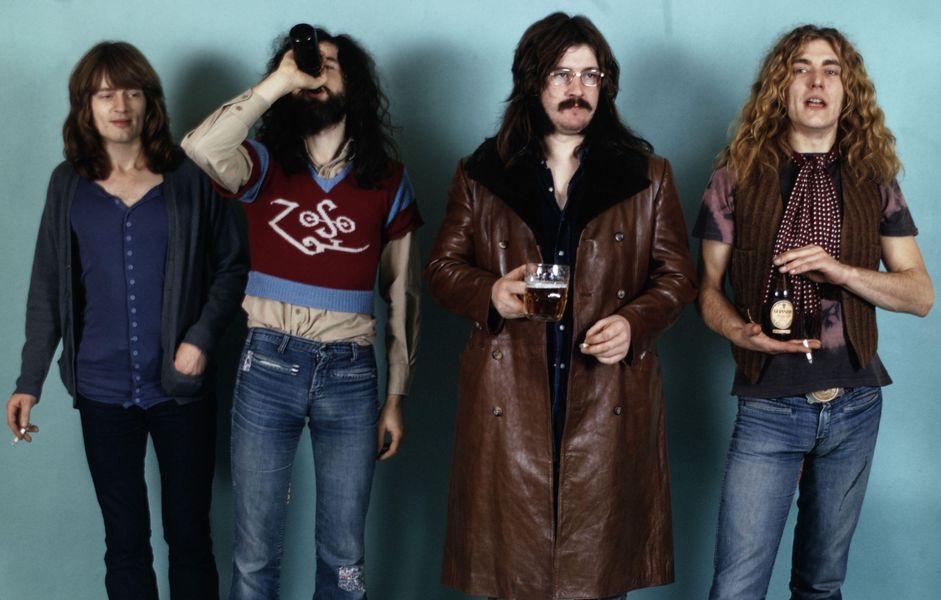There isn’t much that Led Zeppelin’s drummer, John Bonham could do wrong in the realm of music. Born in the sleepy town of Redditch, the dynamic drummer first picked up the sticks at age five and gained fans and followers even before he was Led Zeppelin’s man behind the kit. He is often regarded as the most influential drummer of all time and, judging by the below; he earned that right, as we look back at his huge influence on hip-hop.
“Your drummer has a right foot like a pair of castanets,” said Jimi Hendrix when he first witnessed the powerhouse percussionist. Bonham had trained his foot to perform at double-time speed for his kick drum after witnessing the influential drummer Carmen Appice do the same thing. What Bonham didn’t know at the time, was Appice was using a double pedal to achieve his sound whereas Bonham was using blood, sweat and tears. It was the same attitude he put into all his work throughout Zeppelin’s esteemed career and it meant almost every Zeppelin song is positively pulsating with a rock rhythm.
As it turns out, that rhythm wasn’t just for the hard rock fans around. In 1986, three trailblazers, who had honed their musical style around the hardcore punk scene, picked up Led Zeppelin’s record and began to create a new sound, using samples and beats, they released their stunning debut LP Licensed To Ill. Of course, that trio was Beastie Boys.
Ad-Rock, MCA and Mike D were in the salad days of the creation when pushed forward by the intense desire to make something new, they began holding sessions with an NYU student by the name of Rick Rubin. “Rick definitely came from a whole AC/DC, Led Zeppelin, Long Island, like, rock background,” Mike D explained in The Beat documentary. “He, pretty much … introduced it to us. Because we kinda came from punk rock … ‘forget about that shit’.”
With the band’s punk roots and Rubin’s growing project at Def Jam Records, the producer saw an opportunity to work classic rock sounds into a brand new format which, when matched with the group’s growing book of bratty rhymes and snotty lines, could prompt a whole new wave of hip-hop.
Licensed To Ill soon became a playground for Rubin to exert his command of classic rock sounds and bring them into a new era. His most cherished band was certainly Led Zeppelin. The group feature three times on the record but certainly, the most imposing is the sample of John Bonham’s beats on ‘Rhymin’ & Stealin”, the lead track from the record. Using Bonham’s beats from the band’s mammoth song ‘When The Levee Breaks’, the Beastie Boys catapulted Bonham back into the charts. It’s an incredibly imposing fill and works to sharpen up the Beastie Boys track.
Rubin also used Jimmy Page for riffs in both ‘She’s Crafty’ and ‘Time To Get Ill’ with samples of his guitar work from ‘The Ocean’ and ‘Custard Pie’ respectively. It helped to unify a music scene and give extra propellant to the album. License To Ill became a landmark album and signified that hip-hop was capable of topping the charts, even if it was being transported from its roots.
